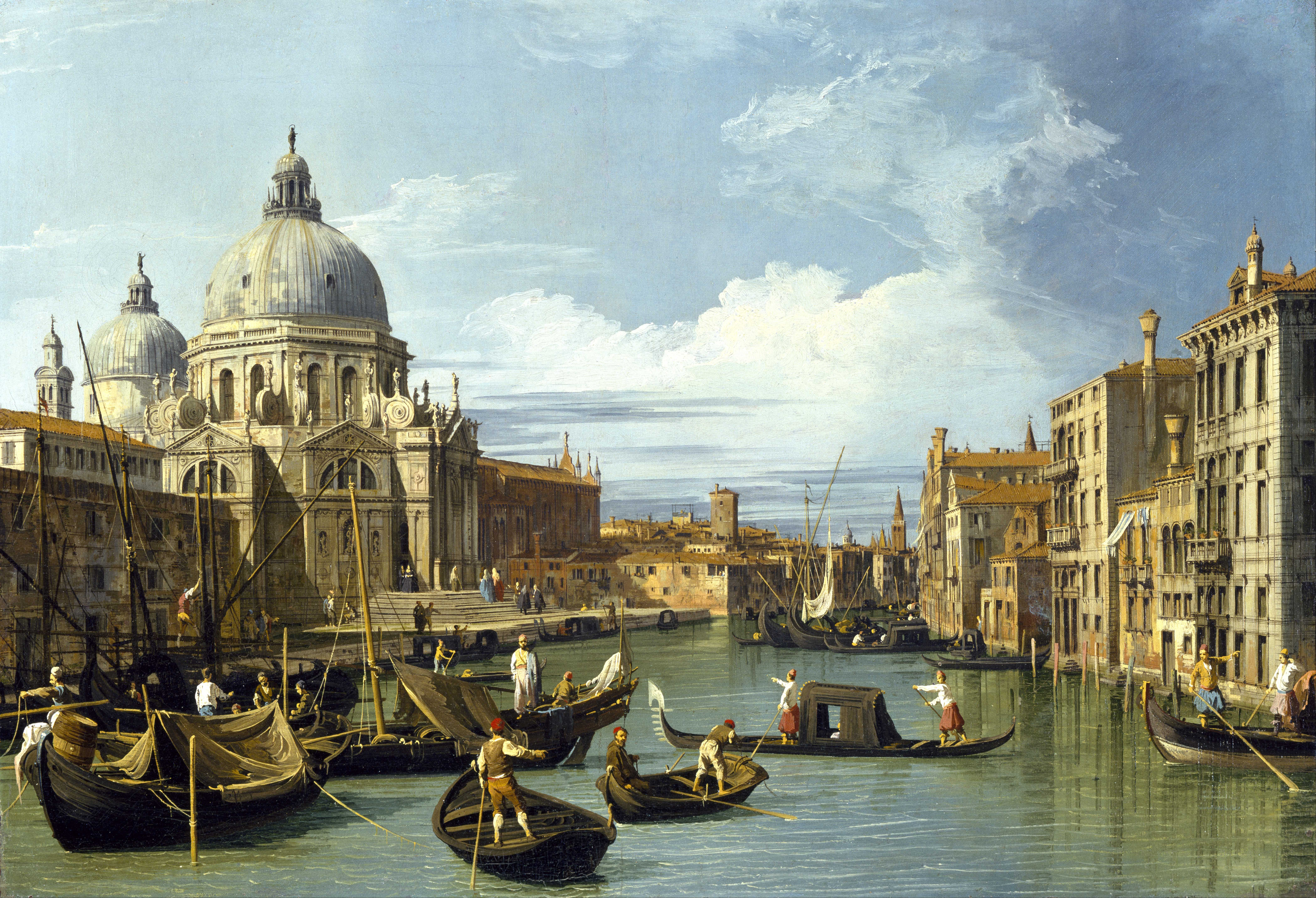From the introduction to a 2021 link to the Boston Review:
"Neoliberalism’s Bailout Problem"
We used to link to the Boston Review with some regularity until last December when they published and we linked to "To Save the Climate, Give Up the Demand for Constant Electricity" which not only dismissed one of the most attractive features of current {!} electrical systems and grids: being available when you want it, but was also a bit boring in its lack of creativity in addressing the intermittency problem with renewable sources o'leccy.
However
The article before us raises the very interesting point that the Western economies could use a whole lot more of Schumpeter's creative destruction and a whole lot less of the politico-corporatism exemplified by the first inductee into the Climateer Hall of Fame:
The 26th Secretary of War, the Democrat and Republican (!) Senator from Pennsylvania, Simon Cameron
Our Hero
"The honest politician is one who
when he is bought, will stay bought."
So, although we disagree with the ultimate policy recommendation, the authors have Minsky doing a drive-by and it's hard to go too far wrong with the good Professor and expositor of stability/fragility/speculation and crisis making the arguments.
From The Boston Review, June 24:
Mainstream economics ignores the massive government interventions that “free market” capitalism requires.....
Because here at Climateer Investing we recycle, we'll reuse that into for today's link.
From the Boston Review, February 15, 2023:
Contemporary life has been deeply molded by financialization. But the speculative imagination can also be a tool for building a more just world.
The cautious merchant and the keen manufacturer were equally unable to resist the speculation. It spread among them like a leprosy. It ruined alike the innocent and the guilty. It periled many a humble home; it agitated many a princely dwelling. Men hastened to be rich and they were ruined. They bought largely; they subscribed eagerly; they forsook their counting-houses or companies; if successful they continued on their course, and if the reverse they too often added to the misery of the homes they had already desolated, by destroying themselves.
—John Francis on the 1846 Railway Mania
The only thing that makes life possible is permanent, intolerable uncertainty: not knowing what comes next.
—Ursula K. Le Guin
Whether in markets or philosophy, speculation tosses the coin of uncertainty in the hope of seeing through a haze-draped future. A mirror (speculum) and a watchtower (specula), it animates a certain vision. From the leaps of scientific revolutions and technological futures to the pursuit of dreams and mystical theologies, speculators have always sought to capture what lies ahead.
At the dawn of finance capitalism, markets vied fervently for control over the power of speculation.Speculation encompasses a duality at the core of all financial activity. When pushed to its outermost limit, it can unleash formidable destructive forces and lead to the burst of market bubbles, such as seventeenth-century Amsterdam’s notorious tulip craze, the Victorian era’s railway manias, last century’s Great Depression, or the more recent 2008 global financial crisis. During these periods, market “passions” take hold: traders venerate ethereal values with no material referents or links to “fundamentals.” Yet speculation is also the market’s indispensable lubricant. All speculative trades calibrate risks to generate yields and prevent markets from “overheating.” Here’s the definition of “speculation” provided by the Oxford Dictionary of Finance and Banking:
The purchase or sale of something for the sole purpose of making a capital gain. For professional speculators the security, commodity, and foreign exchange markets are natural venues as they cater for speculation as well as investment and trading. Indeed, speculators help to make a viable market and thus smooth out price fluctuations. This is particularly true of commodity futures and option markets.
Speculation’s greatest gift to markets is stability, not crisis: absorbing volatility by “smooth[ing] out price fluctuations” and generating liquidity. For those in the business of trading, speculation means betting on possible future movements of asset prices, but it also involves dealing in risky assets (including derivatives and futures) with the goal of providing insurance against price movements. Speculators, in other words, both “short” and “hedge” uncertainty. Throughout capitalism’s history, defenders and opponents of speculation have foregrounded one function over the other to mark it as a virtue or as a vice.
Iconic anarchist thinker Pierre-Joseph Proudhon, in his 1857 Stock Exchange Speculator’s Manual, famously distinguished between the greedy financiers of the Paris stock market—whom he lamented as “pure, corrupt, and unproductive gamblers”—and what he saw as more productive forms of speculation. When sought for its own sake, speculation is circular, autotelic, and parasitic on the real economy. When put to “productive use,” however, it can also be generative, exciting, and imaginative: a source of the “the genius of discovery . . . that invents, innovates . . . [and] creates something from nothing.”
As markets in the global centers of capitalism sought to expand their insatiable financial activities over the course of the nineteenth century, they vied fervently for control over the power of speculation. Just as Proudhon was writing his Manual, a new kind of speculative market was being established some four thousand miles west of the Paris Bourse. In 1848 the Chicago Board of Trade (CBOT) was founded. In the coming decades, it would become the world’s first organized exchange for futures contracts: standardized agreements to buy or sell an “underlying asset” (predominantly grains such as wheat from the city’s hinterland), at a guaranteed price for delivery at a specified future time. Trading futures ostensibly served the hedging side of speculation’s coin, functioning as insurance against volatility for farmers whose harvest was exposed to radical and incalculable weather uncertainties.
Speculators stepped in to take on the unwanted risk at a discount (thus performing a social function), while farmers received security and the market remained liquid. Yet no bushels of grain were being moved because of these trades, and actual contracts never exchanged hands in the CBOT. Soon after the launch of the future contract, the circulation of “phantom wheat” in the pit vastly overtook that of the real grain produced in farms; futures traders engaged in “fictitious dealings” that were entirely unmoored from the corporeal economy. Was this kind of speculation ethical? Was it different from ordinary gambling? Advocates of futures contracts and the CBOT’s influential allies believed so. State courts enshrined the legal right of futures traders to short sell for their alleged positive effect on setting off prices in the real economy, and successive governments sanctioned the promise of even the most fictitious of trades “to financially stabilize an inherently unstable capitalism.” Importantly, speculative bets made in the pit were painstakingly distinguished from the wagers placed outside of incorporated commodities, which were systematically slated. In the mushrooming bucket shops (informal establishments open to anyone who wanted to wager small sums on the price movements of stocks in formal exchanges) strewing U.S. cities of the fin de siècle, speculation was becoming a game for the many....
....MUCH MORE





